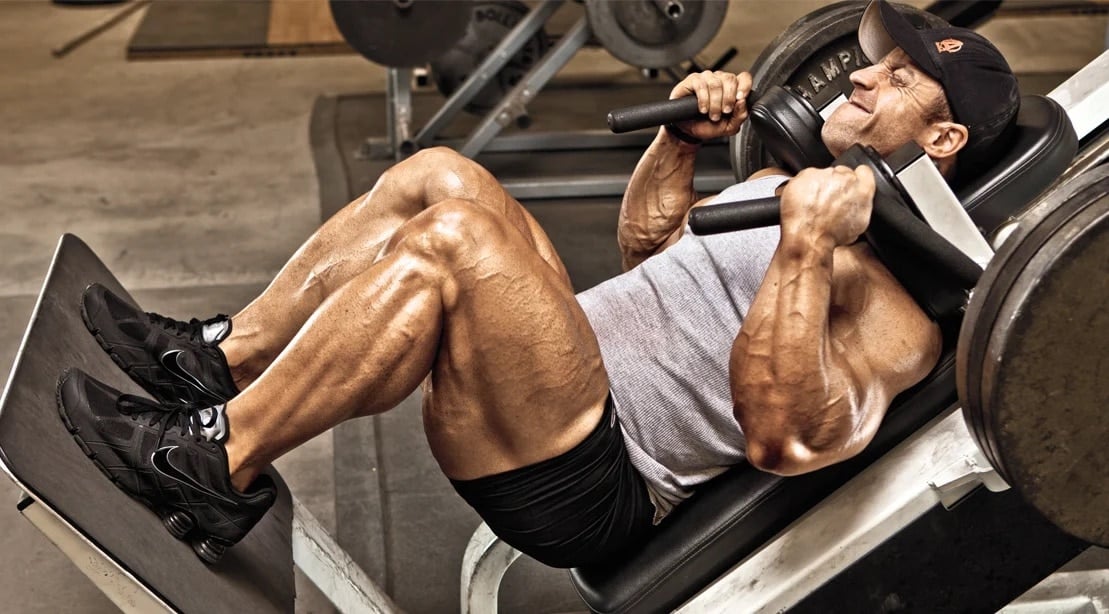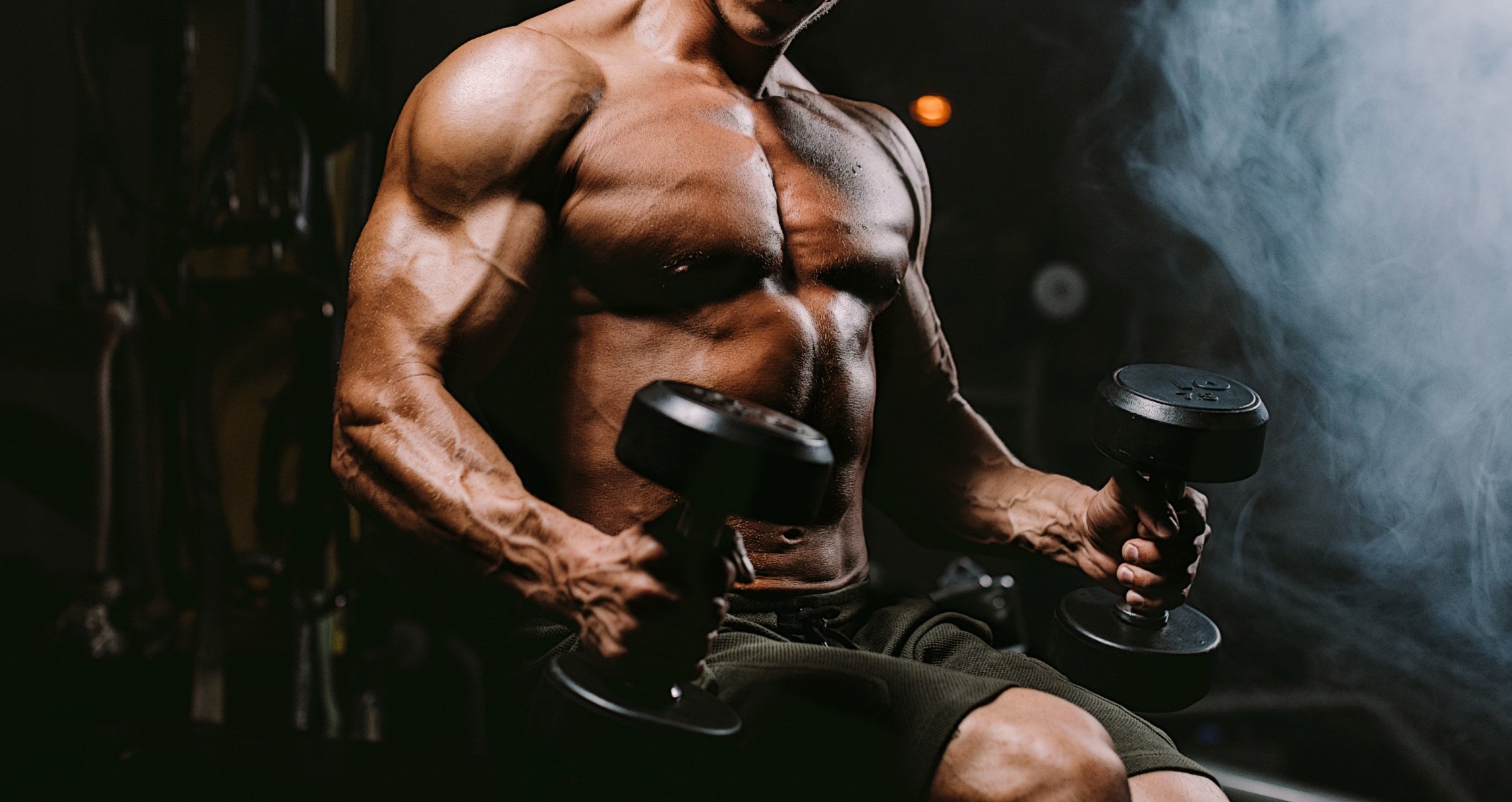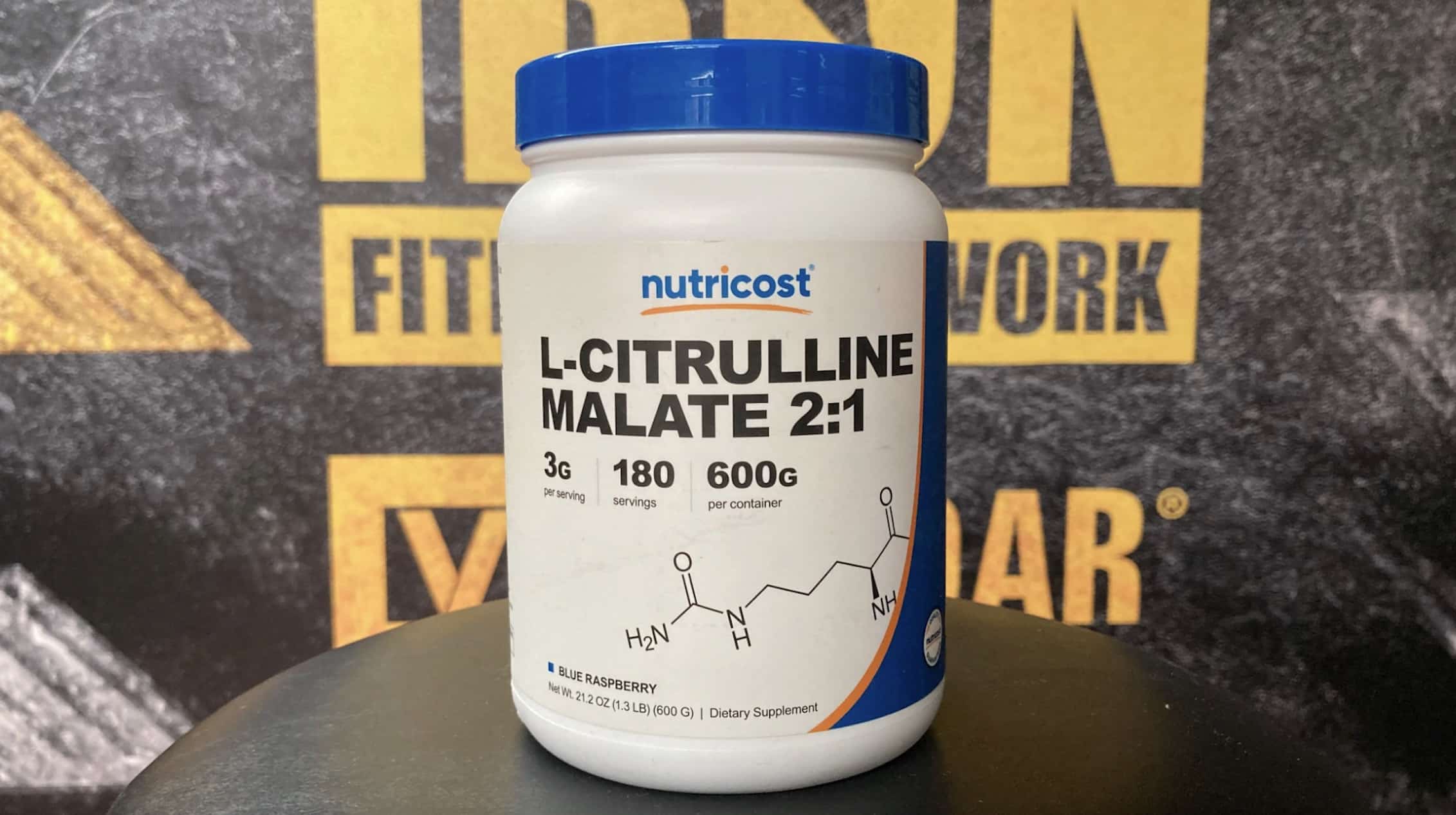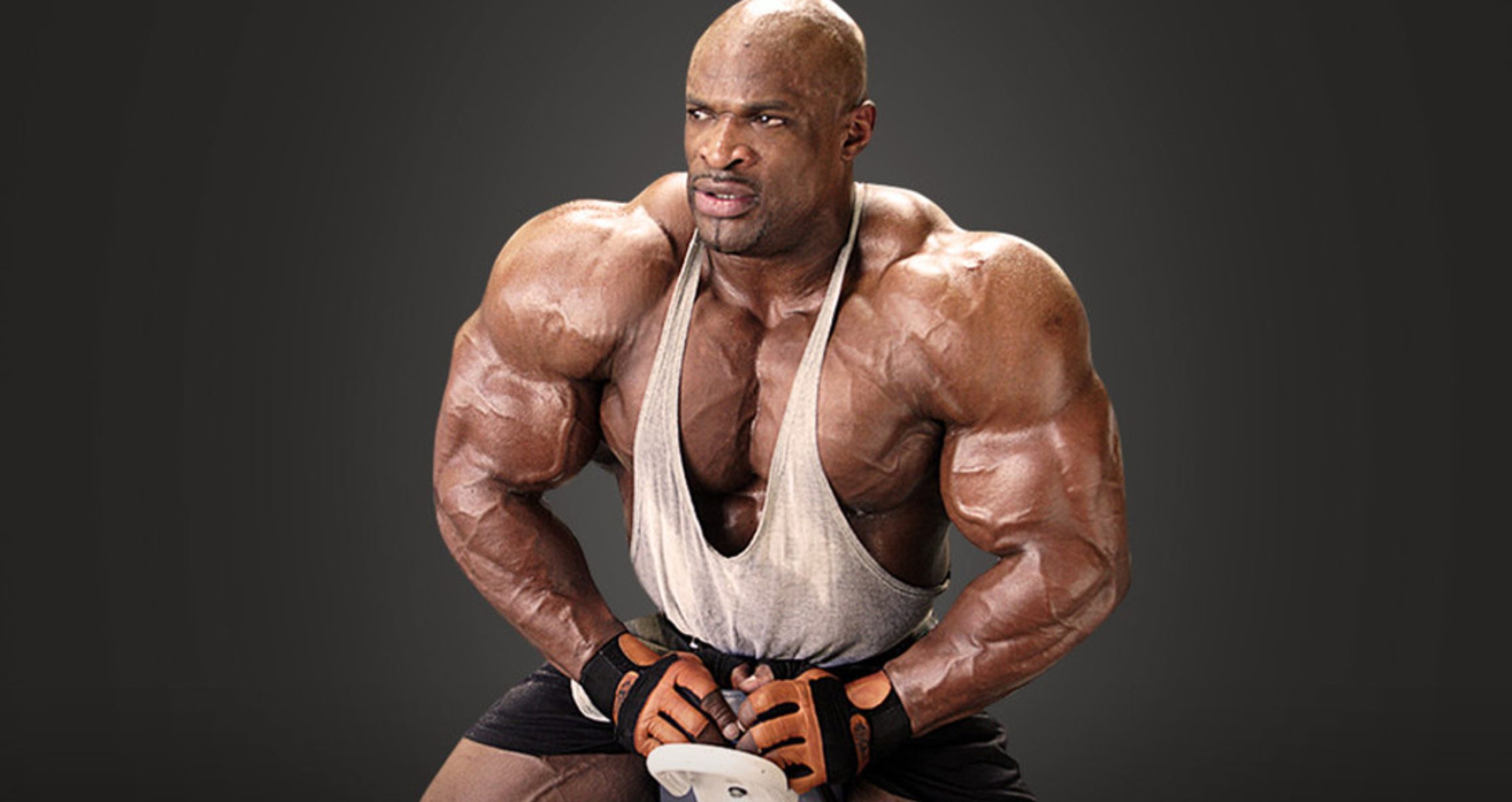Adjusting your foot placement on the hack squat engages more specific leg muscles.
Hack squats are a powerful exercise for developing lower body strength. Unlike traditional squats, hack squats are performed using a hack squat machine, which shifts the focus to your quads while providing added stability. But what’s the ideal foot placement for maximizing your results? By adjusting your foot placement, you can change and engage more specific muscle groups in your legs. This guide breaks down everything you need about proper foot positioning during hack squats, helping you target specific muscle groups and boost your overall strength. Let’s dive in!
Overview — What Are Hack Squats?
Hack squats are a variation of the squat that focuses on building muscles in the lower body. The advantage of performing the hack squat over a regular barbell squat is the introduction of a machine and more quad engagement. This machine can help with stability by lowering the weight and pushing it back up, allowing you to zone in and build your mind-muscle connection.
Hack squats mimic a hybrid of the barbell squat and the leg press. They’re an easy and simple leg workout for beginners. Just set the hack squat machine at a preferable angle of 45 degrees and begin your squat, but of course, this also depends on your foot placement. The weight rests on the shoulders while you place your legs on a plate, and then you initiate the movement by squatting down and pushing the weight up using your feet.
Hack Squats — Techniques & Muscles Worked
The hack squat is a compound exercise that works the quads, hamstrings, calves, abductors, adductors, glutes, and core muscles. This exercise also works the joints of your knees and hips.
Before starting this exercise, your form, foot placement, and machine setup are essential. Your foot placement and stance are significant depending on which muscle you want to focus on. However, before we go into that, here is how to do the hack squat exercise:
- Load the machine with the desired weight and adjust the shoulder pads to sit lower than your shoulder height.
- Place your feet on the plate in a shoulder-width stance. Your back should be flat on the backrest, and your shoulders should be under the pad.
- Release the safety lever and grab the handles. This is your starting position.
- Next, inhale and squat, bending your knees to a 90-degree angle. Pause in that position for one to two seconds.
- Reverse the movement by driving through your feet to the starting position.
- Perform this movement for as many reps as you desire.
Benefits
Hack squats increase jump power compared to regular free-weight squats (1). Below are other benefits of hack squats.
- This exercise is excellent for building your quads and other lower body muscles.
- This exercise activates the core muscles, which help with stability, progressive overloading, and proper posture.
- Unlike regular barbell squats, it requires less ankle mobility to reach full squat depth.
- It protects the back and can prevent lower back pain.
- The controlled range of motion minimizes the stress of this exercise on the joints and lower back, reducing the chances of injuries and making it safer to use.
Hack Squat Foot Placement
Foot placement is key when doing hack squats. Choosing the correct foot position isn’t just about comfort. You can use it if you’re looking to target specific muscle groups that align with your training goals. So, just a shift in your leg position can make a difference when performing this exercise. Let’s look at different hack squat foot placements.
The Standard/Traditional Foot Placement
When performing the hack squat in this position, your feet are shoulder-width apart in the middle of your footplate. Beginners seeking to build leg muscles commonly find this foot placement ideal.
However, one disadvantage of using this hack foot placement is its limited range of motion. You won’t be able to flex deeply compared to other positions, but you can still build a well-rounded, strong lower body, hitting all target muscles equally.
The High Foot Placement
Placing your feet higher on the plate when performing a hack squat emphasizes more on the hamstrings and the glutes. When your feet are higher, there will be less knee flexion and an increased hip flexion.
Using the hack squat machine, this position suits people with knee pain and discomfort. However, be careful not to place your feet too high. This may cause you to round your back and pull away from the back pad, leading to potential injuries.
The Low Foot Placement
When you lower your feet on the plate, you focus primarily on your quads, calves, and glutes. In this position, there’s an increased knee flexion and reduced hip flexion, activating the quad muscles while sending the hamstrings to the back seat.
The Wide Foot Placement
Placing your feet wider than shoulder-width length increases your range of motion and hack squat depth, primarily working the insides of your muscle thighs, the hip adductors. The wide foot placement also works for your glutes.
The Narrow Foot Placement
While the wide foot placement primarily works the hip adductors, placing your foot using the narrow foot placement increases your range of motion and switches from the adductors to the hip abductors (the outer leg muscles). Also, this foot placement position works the quads.
Wrapping Up
Hack squats are a fantastic exercise for strengthening and sculpting the lower body, but foot placement is crucial in maximizing their effectiveness. Adjusting your foot placement can tailor your hack squats to focus on specific muscle groups, adding variety and precision to your leg workouts. This article explores everything you need to know about performing hack squats and the different foot placements you can use to customize your routine and achieve your fitness goals.
Follow Generation Iron on Instagram, Facebook, and Twitter for more exercise tips!
Reference
- Schwarz, N. A., Harper, S. P., Waldhelm, A., McKinley-Barnard, S. K., Holden, S. L., & Kovaleski, J. E. (2019). A Comparison of Machine versus Free-Weight Squats for the Enhancement of Lower-Body Power, Speed, and Change-of-Direction Ability during an Initial Training Phase of Recreationally-Active Women. Sports (Basel, Switzerland), 7(10), 215. https://doi.org/10.3390/sports7100215

